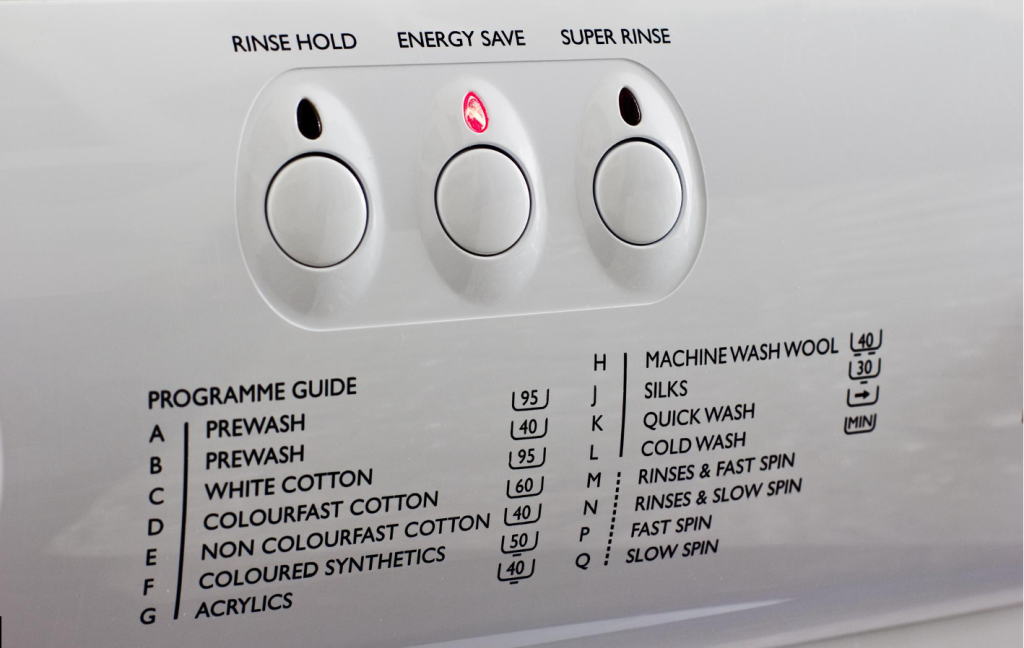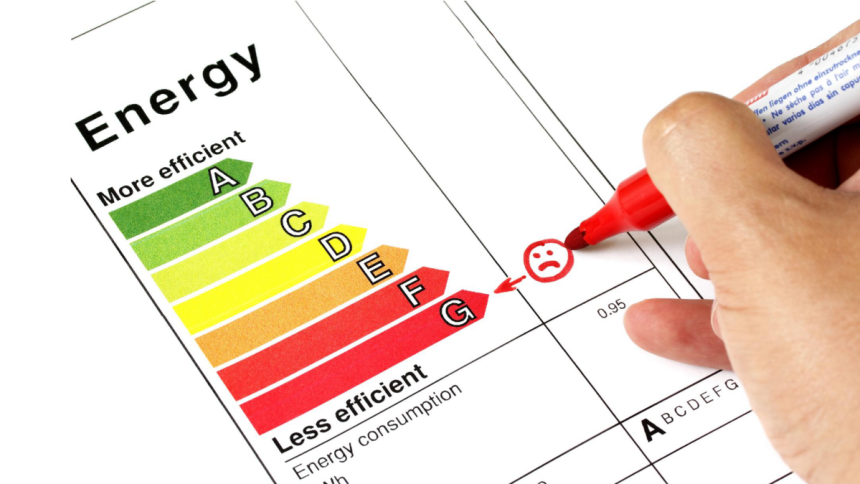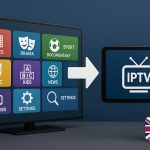In a contemporary global environment where energy costs continue to multiply, energy efficiency is primordial. Traditional energy consumption habits can be costly, reflecting heavily on exorbitant electricity bills. Yet beyond the financial aspect, there is a greater concern— a threat to environmental sustainability. Consequently, even the smallest steps towards reducing energy usage can profoundly affect our planet while easing the pressure on our bank accounts. Understandably, the notion of making our homes or offices more energy-efficient might seem daunting. However, the reality is that minimal adjustments, such as straightforward electrical upgrades, can lead to significant energy savings.
This is not about massive overhauls— it’s about smart, cost-effective methods to lower our energy consumption. With small, practical upgrades, we can enhance energy efficiency and contribute positively to global climate health. In this article, we will take a comprehensive look at easy yet influential electrical upgrades that can lead to phenomenal energy savings.
Upgrade to LED Lighting
Among the myriad energy-saving tactics, LED lighting deserves its place in the spotlight. Remarkably more efficient than traditional incandescent or Compact Fluorescent Lamp (CFL) bulbs, LEDs are a beacon of energy efficiency. Notably, an LED bulb converts approximately 95% of energy into light, leaving a mere 5% in heat waste. Contrast this with incandescent bulbs, which only convert a poor 10% of energy into light and leave a massive 90% as heat, and the superiority of LEDs is unquestionable. The significant energy efficiency of LEDs invariably results in less energy usage, reflecting in considerably lower electricity bills.
LED lights outshine other bulbs in their longevity as well. A standard incandescent bulb might exhaust itself after around 1,000 hours but anticipate an LED bulb to last over 25,000 hours. Their impressive lifespan dramatically extends the interval between replacements, resulting in cost savings and reduced environmental impact.
Homeowners and businesses have a wealth of choices when pondering LED lighting upgrades. From creating a warm, ambient environment with dimmable LED lamps to illuminating outdoor spaces with weatherproof LED floodlights, there is a vast palette of options. With advancements in technology, these lay easily within the capabilities of most electricians, further lowering the cost by eliminating specialised labour. Moreover, retrofitting traditional fixtures with LED lights is usually a simple process, encouraged by rebates and incentive programs from government bodies and utility companies. Sitting at the crossroads of financial viability and environmental responsibility, transitioning to LED lighting seems a bright idea indeed.
Install Smart Thermostats
Regarding resourceful energy conservation, smart thermostats pack a powerful punch. These small yet mighty devices work by meticulously regulating the heating and cooling inside homes, ensuring no energy is ignobly wasted on vacant rooms. Smart thermostats achieve this by learning the occupancy patterns of the household and adjusting the temperature accordingly.
Beyond ensuring the right temperature at the right time, smart thermostats offer exquisite features such as remote operation and learning capabilities. With the aid of smartphone apps, you can control the thermostat from anywhere — you can even coax your home to a comfortable temperature while still commuting from work! Moreover, these intelligent systems can learn your preferences, fine-tuning the temperature over time for optimal comfort and efficiency.
Numerous studies and consumer experiences guide us to the undeniable evidence of the energy savings potential of smart thermostats. Reported savings range between 10-15% on heating and cooling bills, validating their initial cost outlay. Reflecting not just on one’s wallet, the reduced energy consumption positively impacts broader environmental goals, demonstrating a smaller carbon footprint.
Selecting the right smart thermostat depends on a banquet of factors like compatibility with existing HVAC systems, desired smart features, and budget constraints. However, energy-saving prowess should remain paramount in this choice. User-friendliness and reliability are also qualities to prioritise, ensuring a positive daily user experience.

Use Energy-Efficient Appliances
In the arena of energy consumption, outdated appliances are regrettable contenders. Left unchecked, these unsuspecting domestic machines can consume a lion’s share of household energy. Energy-efficient appliances, particularly those with the ENERGY STAR rating, offer a robust counterstrategy. These appliances achieve their rating by meeting strict government-set energy-efficiency criteria, offering users a wholesome blend of performance and energy thriftiness.
Appliances prone to substantial energy consumption— refrigerators, washing machines, dishwashers, and air conditioners, to name a few, can ecologically and economically benefit from an upgrade. These modern, energy-efficient versions not only perform their assigned duties using less electricity but often come with supplemental features that enhance both their efficiency and usability.
While the financial benefits over the lifetime of energy-efficient appliances are evident, they often carry a higher price tag. Therefore, timing is a considerable factor in capturing the maximum benefits from such an upgrade. Many retailers have specific times of the year when significant sales occur, making these the perfect times to acquire new energy-efficient appliances. Likewise, timing purchases to align with rebate programs can also lessen the cost, making energy-efficient appliances a more attractive upgrade.
Integrate Power Strips and Energy Monitors
Phantom loads, or ‘vampire energy,’ account for a hefty, unwelcome portion of any energy bill. This refers to the energy consumed by devices and appliances turned off but still drawing power from the outlet. Power strips, especially the smart variants, offer a simple yet effectual remedy to this menace.
By switching to power strips or, better still, smart power strips, one can stem the flow of these unneeded draws on energy. Smart power strips come with additional features such as automatic shutoff and even individual socket control, allowing devices that aren’t in use to be entirely cut off from power. To fully integrate these and other efficiency-enhancing tools, consider consulting a professional to enhance home efficiency with electricians. Their expertise can ensure proper installation and advise on further upgrades.
In tandem with power strips, energy monitors provide a deeper understanding of household energy consumption. This is achieved by the monitor analyzing energy drawn by each device or appliance, thereby shedding light on significant consumers and potentially wasteful behaviors. These insights are important for building a tailored, efficient, and conservative energy usage plan.
Enhance Insulation and Sealing
Good insulation goes far beyond the comfort of a warm home. Indeed, it plays an instrumental role in energy efficiency. Insulated spaces require less energy to maintain desired temperatures due to slower heat transfer, reducing the demand for constant cooling or heating.
Areas that often require insulation improvements include attics and walls. A well-insulated attic or wall will resist heat flow, helping to maintain indoor temperatures and reduce the energy required for heating or cooling.
In addition to insulation enhancements, sealing leaks around windows and doors is crucial in conserving energy. Creating a firm barrier against external air enthuses heating and cooling systems to operate more efficiently, thereby making remarkable savings on electrical bills.
When contemplating insulative measures, taking advantage of professional energy audit services can be advantageous. These comprehensive evaluations identify areas for improvement, helping property owners make informed decisions regarding home energy efficiency.
Conclusion
Through the exploration of this article, we have unveiled that a multitude of straightforward electrical upgrades exist, ones that can precipitate considerable savings both in energy and expenditure. It’s evident that LED lights, smart thermostats, energy-efficient appliances, power strips, energy monitors, and insulation enhancements are not merely indicators of progress—they are keys to unlocking a new dimension of energy efficiency.
By demonstrating that it’s possible to enhance home efficiency with electricians’ help, this article presents an accessible road to intelligent energy usage. Rather than considering these upgrades as expenses, they could be considered investments. These investments aren’t just in our homes or in reducing our bills—they’re investments in the welfare of our planet.
Given the enormity of the energy challenges that we face globally, each step towards minimizing energy wastage adds up. By making sustainable choices, we lessen the toll on our wallets, extend the lifespan of our appliances, and above all, contribute to an environmentally sustainable future. With the potential for personal and planetary benefits, these simple electrical upgrades warrant serious consideration. Perhaps, it’s time we sparked a change for the better.
Lynn Martelli is an editor at Readability. She received her MFA in Creative Writing from Antioch University and has worked as an editor for over 10 years. Lynn has edited a wide variety of books, including fiction, non-fiction, memoirs, and more. In her free time, Lynn enjoys reading, writing, and spending time with her family and friends.















